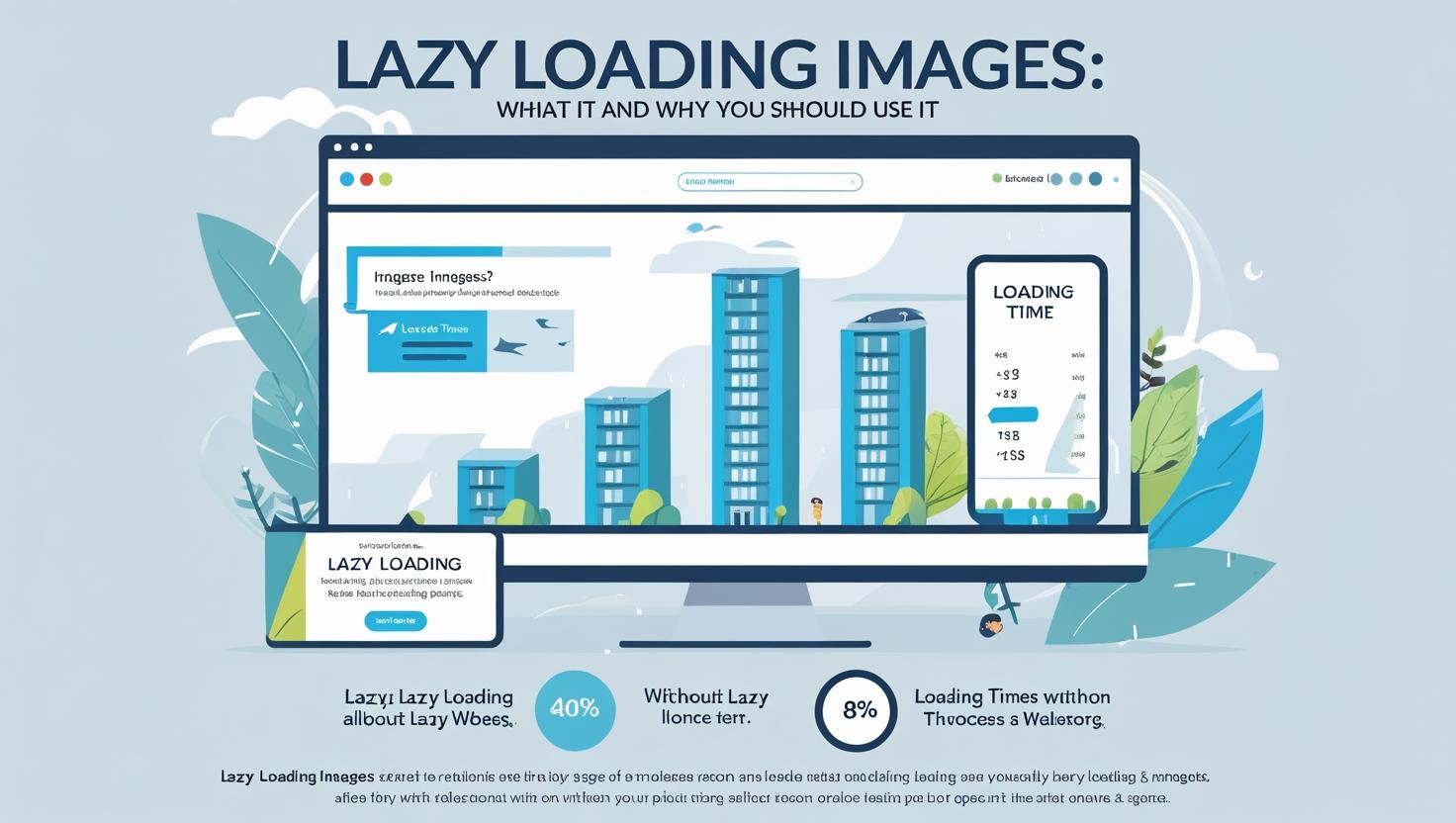
- June 1, 2025
- Performance & Speed
Lazy Loading Images: What It Is and Why You Should Use It
Website speed is a crucial factor for both user experience and SEO. One of the easiest ways to improve load times—especially on image-heavy pages—is by implementing lazy loading. If you're not using it yet, you're likely missing out on faster performance, lower bounce rates, and better rankings.
Let’s explore what lazy loading images means, how it works, and why it’s a smart move for your website.
What Is Lazy Loading?
Lazy loading is a technique that defers the loading of non-critical resources (like images) until they are needed. Instead of loading every image on a webpage at once, lazy loading delays loading images until they are just about to enter the user's viewport.
Example:
If you have a long blog post with 20 images, only the images visible on the screen load first. As the user scrolls down, the rest load dynamically—improving performance.
Why You Should Use Lazy Loading
1. Faster Page Load Times
When fewer resources are loaded initially, your page loads faster. This is especially beneficial on mobile devices and slower connections.
Benefit:
-
Reduces time to first paint (TTFP)
-
Improves perceived site speed
2. Improved SEO and Rankings
Google has confirmed that page speed is a ranking factor. Lazy loading reduces page weight, which contributes to higher rankings in search engine results.
SEO Perks:
-
Better crawlability
-
Faster indexing
-
Higher Core Web Vitals scores
3. Reduced Bandwidth Usage
Lazy loading means users only download what they actually view. This helps users on data-limited plans and reduces your server’s load.
Ideal for:
-
Media-heavy sites (e.g., blogs, portfolios, eCommerce)
-
Global audiences with slower internet speeds
4. Better User Experience
Faster sites mean happier visitors. With lazy loading, users can start reading or interacting with your page instantly, without waiting for every image to load.
How to Enable Lazy Loading on Your Website
WordPress Users
Good news: WordPress has native lazy loading built in since version 5.5. However, you can improve it further using lightweight plugins like:
-
a3 Lazy Load – Customizable and supports videos.
-
Lazy Load by WP Rocket – Simple and effective, no setup required.
Manual Implementation (Non-WordPress)
For custom-coded websites, use the HTML loading="lazy" attribute:
You can also implement lazy loading with JavaScript libraries like Lozad.js or LazyLoad.js for more advanced control.
Final Thoughts
Lazy loading images is one of the simplest, most effective ways to boost your website’s performance. It’s easy to implement, compatible with most modern browsers, and delivers measurable improvements in speed, SEO, and user satisfaction.









